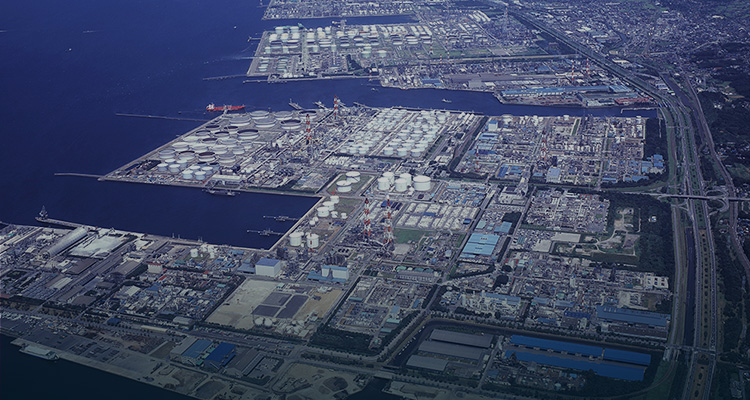- Investor Relations
- To Our Investors
- Understanding the Sumitomo Chemical Story
Understanding the Sumitomo Chemical Story
To be able to respond to questions about what kind of a company Sumitomo Chemical is and what we do, we are providing a detailed introduction to Sumitomo Chemical.
01

The company’s history dates back over 100 years.
In 1913, Sumitomo Chemical got its start from efforts to help farmers improve their harvests by producing fertilizers using sulfur extracted from copper ore, aiming to solve the environmental problem of pollution caused by the gas emissions from copper production.

There are 32,161 employees.
Each employee of Sumitomo Chemical will work to explore new possibilities every day, and overcome the challenges lying ahead with enthusiasm and a strong sense of mission.
as of March 31st, 2024

In Japan, we have a network of 12 R&D sites and production facilities.
By bringing together a variety of approaches, values, and technologies to generate new value, not limited to the field of chemistry, we will continue to boldly take on challenges ranging from ensuring that people have adequate food, clothing, and shelter, to resolving the global-scale problems of the environment, resources and energy, and food supply.
as of April 1st, 2024

Outside of Japan, we have a global network of 72 locations.
We seek to create new value through the global delivery of solutions that resolve societal issues and contribute to an improvement in the quality of life.
as of April 1st, 2024
02
Sumitomo Chemical formulated fundamental business principles, missions, and values as its Business Philosophy based on Sumitomo's Business Principles.
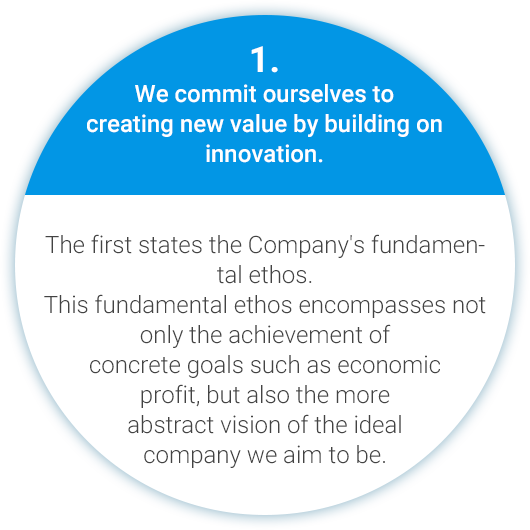
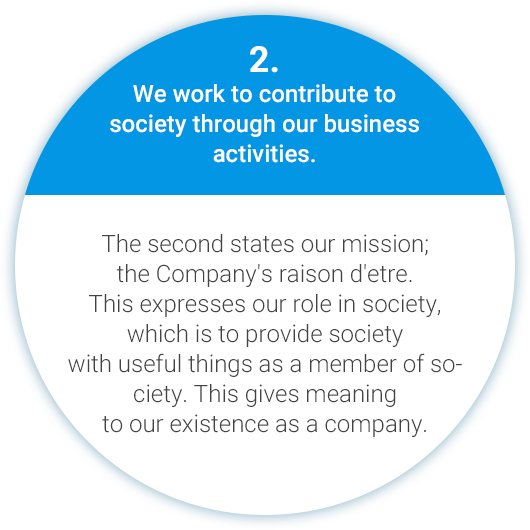
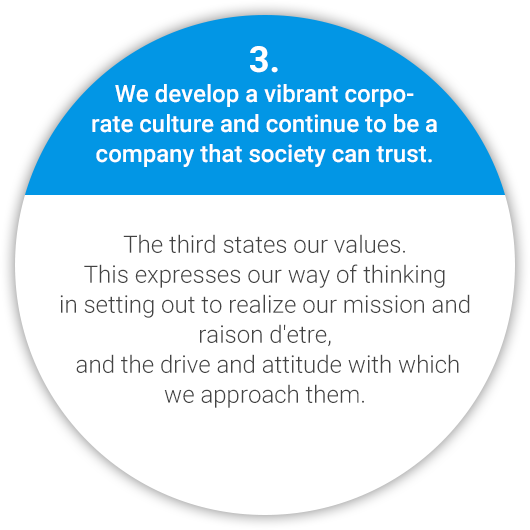
Related Links
Corporate Philosophy03
Sumitomo Chemical inherited the business philosophy of the Sumitomo family handed down from the 17th century, and, in 1913, got its start from efforts to help farmers improve their harvests by producing fertilizers using sulfur extracted from copper ore, aiming to solve the environmental problem of pollution caused by the gas emissions from copper production.
1915
Building a Foundation as a Chemical Manufacturer
In 1913, Sumitomo Chemical got its start from efforts to help farmers improve their harvests by producing fertilizers using sulfur extracted from copper ore, aiming to solve the environmental problem of pollution caused by the gas emissions from copper production.
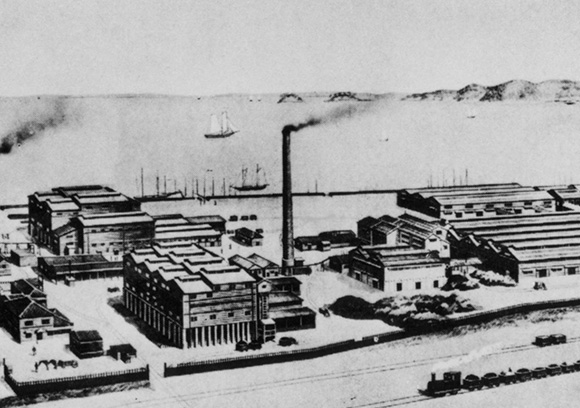
1915
The Sumitomo Fertilizer Manufactory began operations
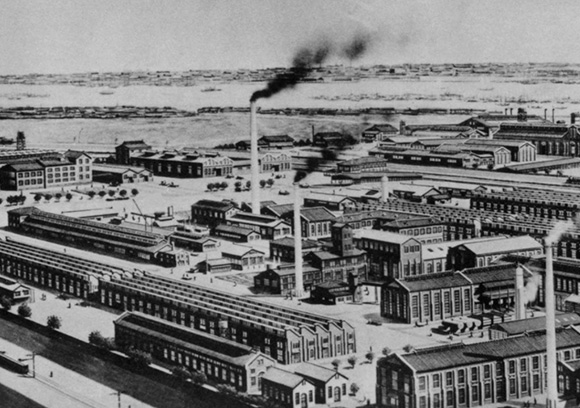
1944
Enters fine chemicals business
Acquires Japan Dyestuff
Manufacturing Company
engaged in dyes, pharmaceuticals,
and other fine
chemicals business
1945
Growing into a Diversified Chemical Manufacturer
Sumitomo Chemical started new businesses one after another, successfully growing into a diversified chemical manufacturer.
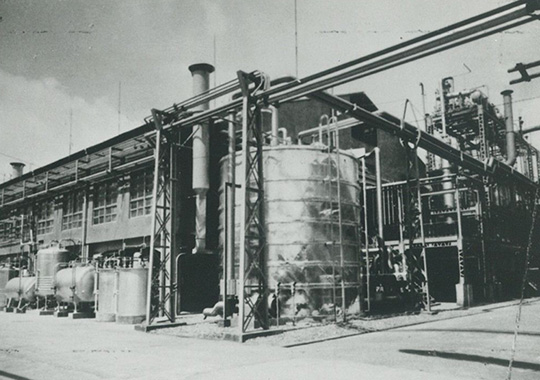
1953
Enters agricultural chemicals business
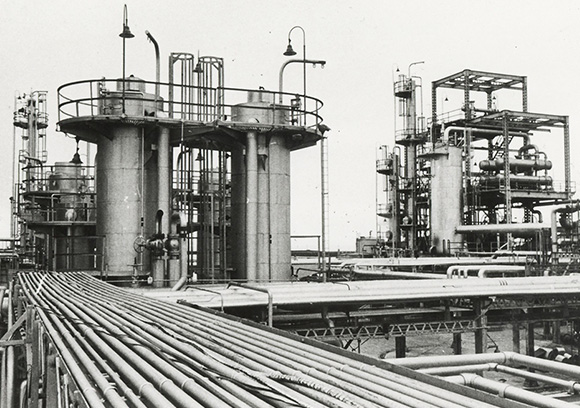
1958
Enters petrochemical business
1975
Expanding All Businesses Globally
In order to respond to the changing structure of society and the global economy, Sumitomo Chemical actively pushed forward with the globalization of all its businesses.
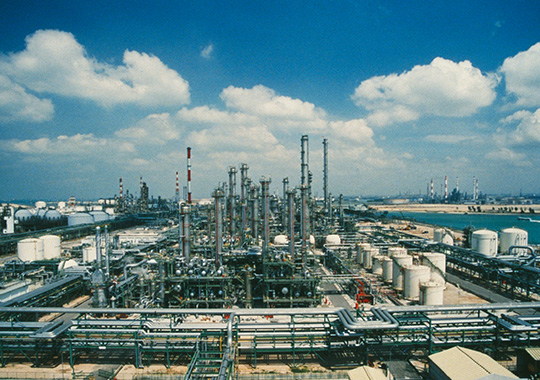
1984
Petrochemical Corporation of Singapore began operations
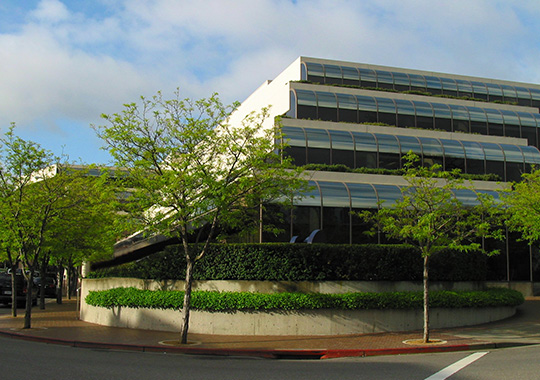
1988
Established Valent U.S.A. as a development and sales location for agricultural chemicals in the U.S.
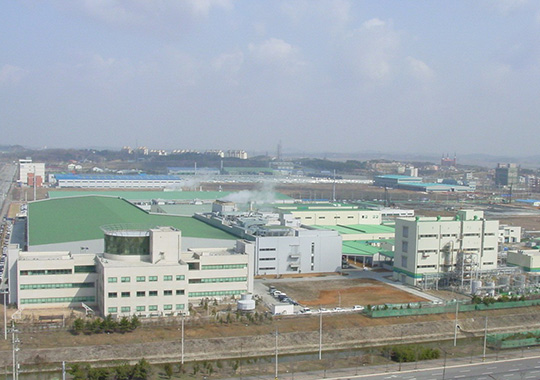
1991
Established Dongwoo Pure Chemicals
(present Dongwoo Fine-Chem) in South Korea
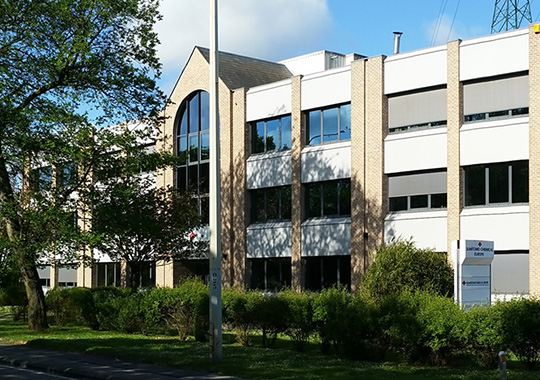
1994
Established Sumitomo Chemical Belgium
(present Sumitomo Chemical Europe)
in Belgium
2005
Deepening Global Business
Sumitomo Chemical is doing business around the world, based on the idea of globally integrated management that develops competitive businesses by combining optimal technology, locations, partners, and personnel.
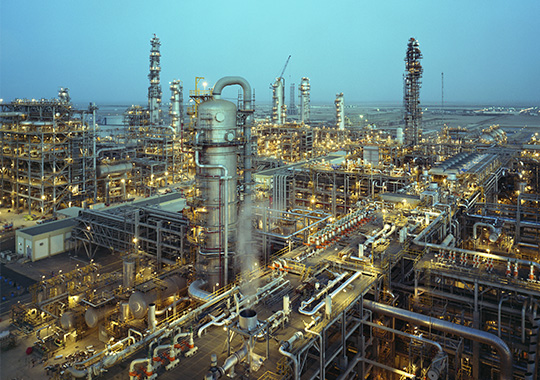
2009
Petro Rabigh began operations in Saudi Arabia
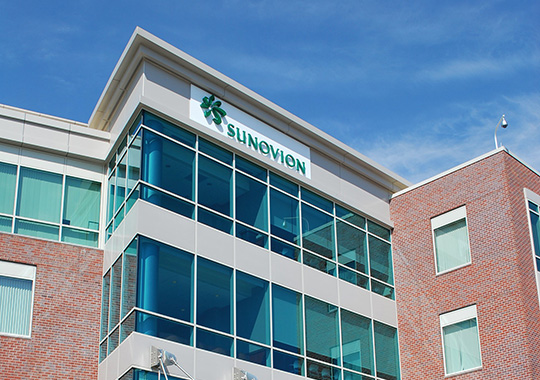
2009
Sumitomo Dainippon Pharma (present Sumitomo Pharma) acquired the pharmaceutical company Sepracor (present Sumitomo Pharma America) in the U.S.
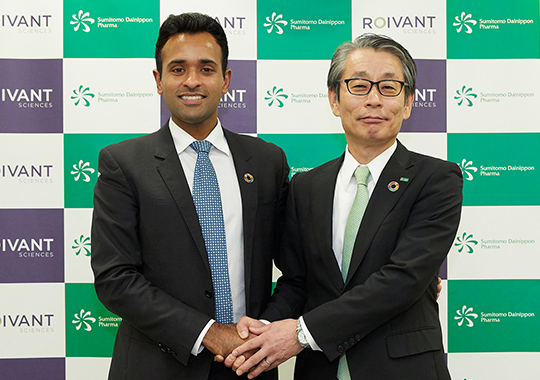
2019
Sumitomo Dainippon Pharma (present Sumitomo Pharma) entered into a strategic alliance with Roivant Sciences in the UK
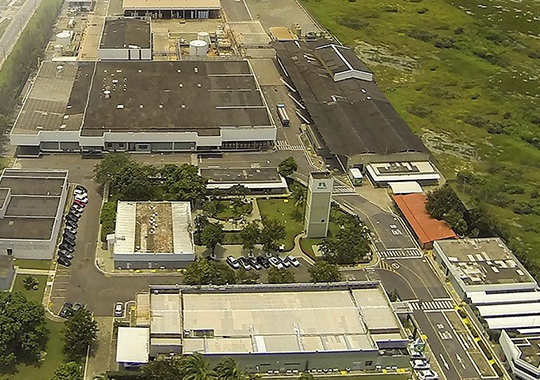
2020
Acquired four South American subsidiaries of Nufarm
Related Links
Company History04
Sales Revenue
2,446.9 Billion Yen
Sluggish market conditions and a delay in the full-scale recovery of demand in the petrochemicals and semiconductor fields have led to more severe market conditions. This, in addition to the impact of the end of the exclusivity period for LATUDA® in pharmaceuticals, resulted in a decline in sales revenue of 448.4 billion yen compared to the previous fiscal year.
Overseas Sales Revenue Ratio
68.0%
Revenue from sales outside of Japan exceeded 60% of total sales revenue ratio, mainly due to a significant amount of sales of ICT in China, pharmaceuticals in North America, and crop protection products in South America.
Core Operating Income
-149.0 Billion Yen
In pharmaceuticals, although fixed costs were reduced through a restructuring and rationalization in North America, there was a decrease in shipments due to the end of the exclusivity period for LATUDA®. In petrochemicals, in addition to a deterioration in the share of profits or losses from investments accounted for using the equity method, margins deteriorated due to a decline in product market conditions. In addition, there were also negative impacts from the decline in the selling prices of generic crop protection products in South America and a decline in methionine market conditions. As a result, core operating income posted a loss of 149.0 billion yen, a deterioration of 241.8 billion yen compared to the previous fiscal year.
Related Links
05
Sumitomo chemical consists of four business sectors. Each sector continues to provide solutions that contribute to solving issues in society and improving the Quality of life, there by creating new value.
We will introduce Sumitomo Chemical Group products
spanning a range of fields, categorized by use.

This page explains about Sumitomo Chemical’s Ehime Works, Ohe Works, Chiba Works,
Oita Works and Osaka Works/Research Laboratories.
